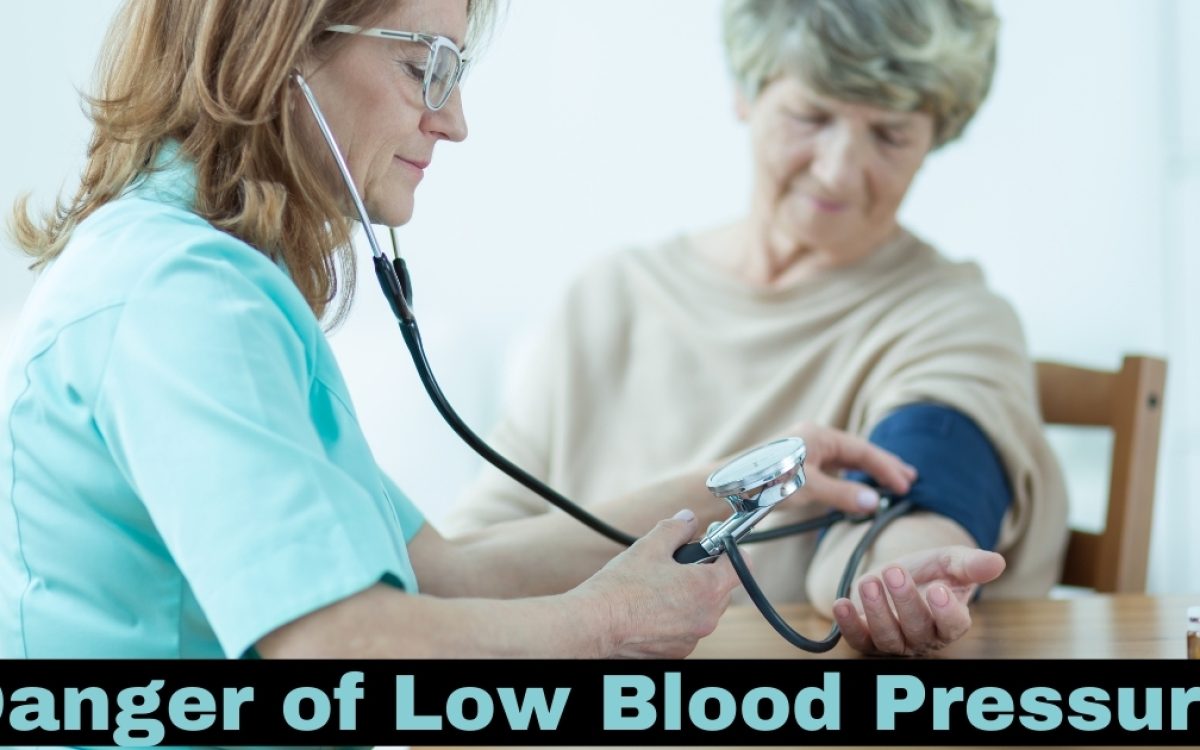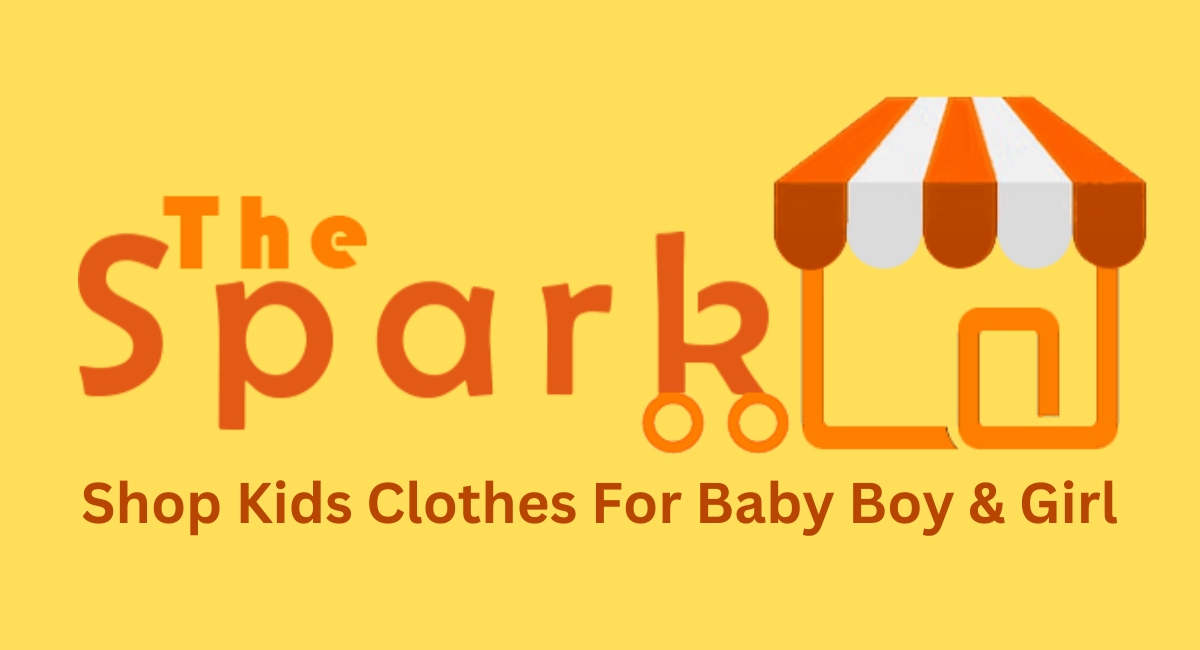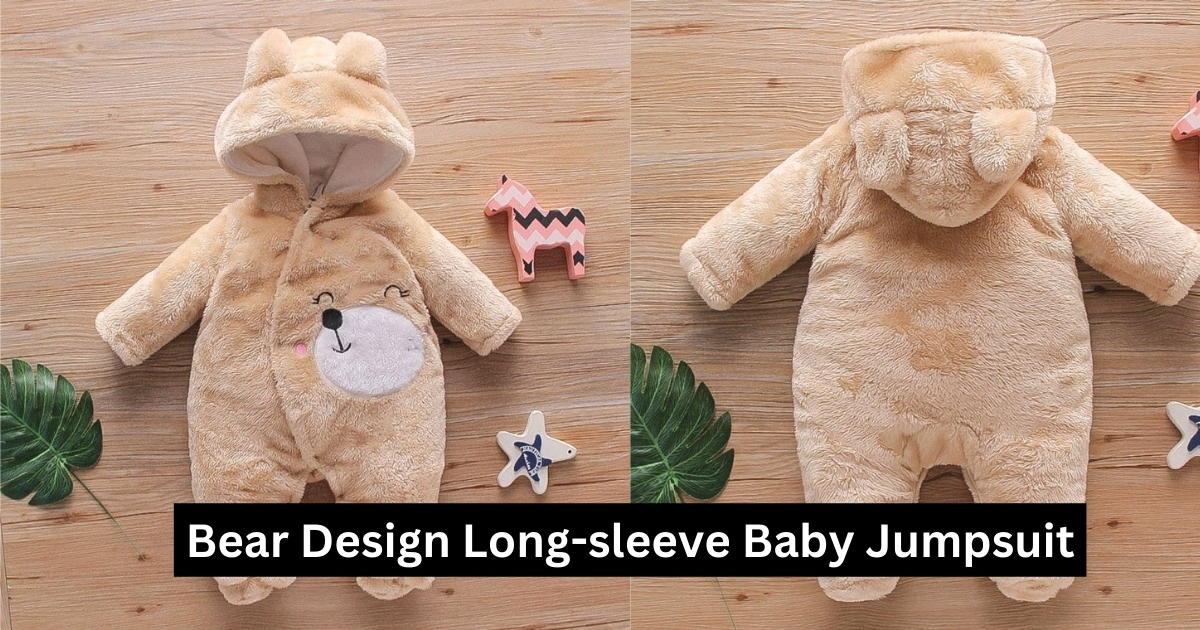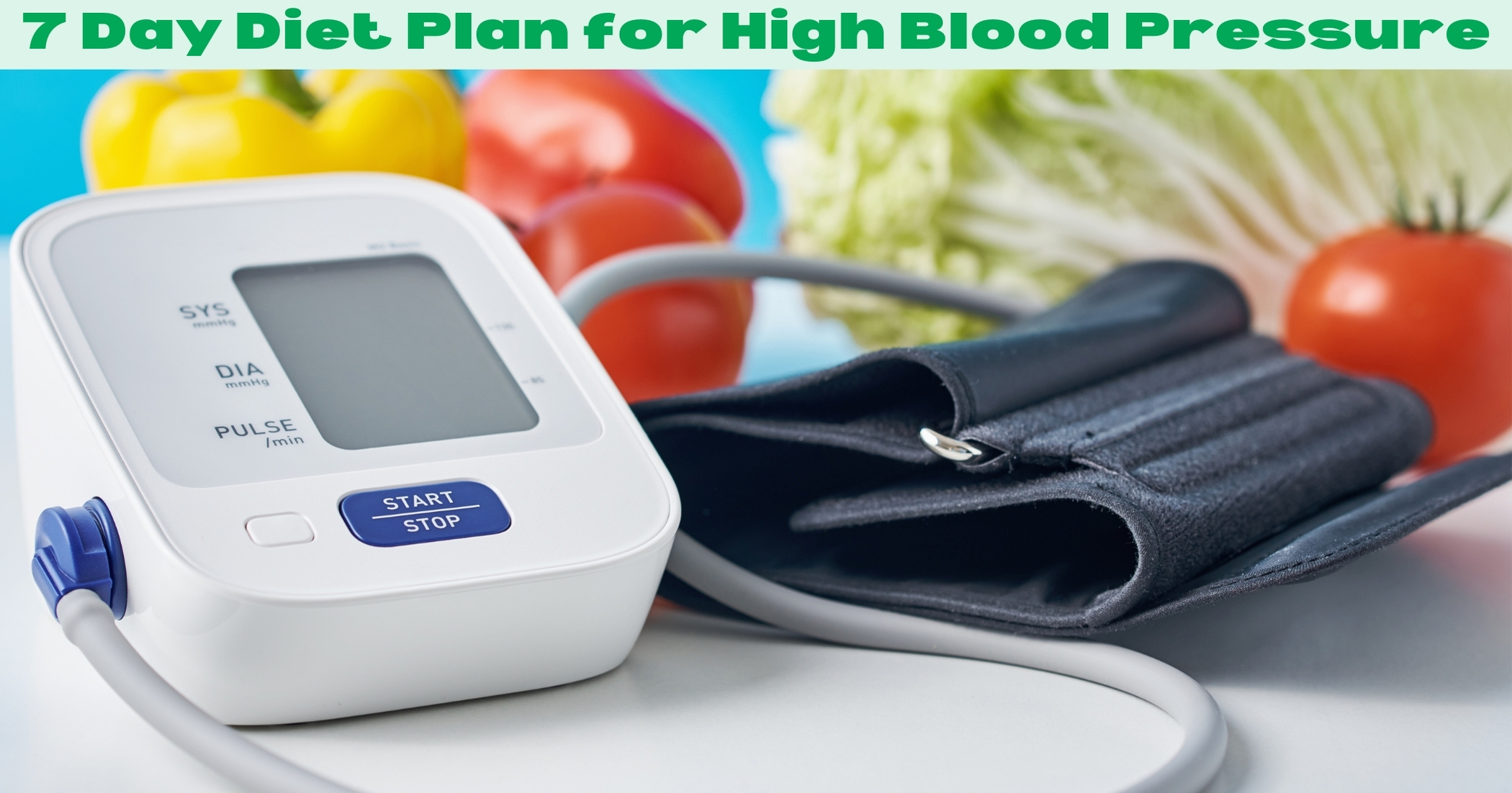A quiet enemy that hides below the surface and is often missed until it hits with sudden, unexpected force. Consider the following situation: you wake up feeling dizzy and tired. You think it’s just another morning slump, but the symptoms worsen as the day progresses. You can’t see clearly, and a wave of weakness hits you. You don’t know it yet, but you’re experiencing the danger of low blood pressure.
Table of Contents
ToggleHow to Understand Low Blood Pressure

Hypotension, the medical term for low blood pressure, is when your blood pressure drops below standard levels, usually less than 90/60 mmHg. This condition can be caused by many things, such as not drinking enough water, heart problems, hormonal imbalances, or even some medicines. Think about this: your body needs a careful mix of fluids and electrolytes to keep your blood pressure healthy. A drop in blood pressure can happen when this balance is upset, which can cause a chain of symptoms and possible health risks. So, what signs should you look out for? Watch out for feeling dizzy, falling, lightheaded, tired, weak, or having blurred vision. These signs could mean that your blood pressure has dropped to a dangerously low level, putting you at risk for problems like heart damage, memory loss, or even shock.
Now, let’s talk more about the risks and effects of low blood pressure. Imagine that your organs are having trouble getting enough blood because the pressure in your arteries is low. In this case, your kidneys might not work right, your heart might beat fast, or your brain might suddenly get less oxygen, which could cause you to pass out or have trouble thinking. Don’t be afraid, though; there is hope ahead. You need to get a diagnosis and a medical exam to find out why your blood pressure is so low. To get to the bottom of your problem, your doctor may suggest several tests, such as blood tests, electrocardiograms, or tilt table tests. After being identified, different ways exist to treat and manage the condition. Many things can be done to control low blood pressure, ranging from changing your lifestyle, like staying hydrated, eating more salt (under medical supervision), and avoiding sudden changes in posture, to medical interventions, like changing your medications or wearing compression stockings.
To sum up, the danger of low blood pressure should not be underestimated. It’s an invisible enemy that can do a lot of damage to your body if you don’t do anything about it. You can protect your health and well-being by learning about low blood pressure’s symptoms, signs, and effects.
Reasons Why People Have Low Blood Pressure

Several things can cause low blood pressure or the danger of low blood pressure:
When your body loses more water than it takes in, it can cause your blood volume to drop, which can lower your blood pressure.
Clonidine, alpha-blockers, and beta-blockers are some medicines that can lower blood pressure.
Heart Problems: Low blood pressure can happen when the heart can’t pump blood properly, like when there are problems with the heart valves, a heart attack, or heart failure.
Endocrine Disorders: Diabetes, thyroid disorders, and adrenal failure are just a few endocrine disorders that can change hormone levels. These changes can then affect how well blood pressure is controlled.
Nutritional Deficiencies: Low blood pressure can be caused by insufficient nutrients like vitamin B12 and folate.
During pregnancy, hormonal changes and more blood vessel growth can cause low blood pressure during the first 24 weeks.
Neurological Conditions: Parkinson’s disease, multiple system atrophy, and autonomic neuropathy are some of the neurological conditions that can make it hard for the nervous system to control blood pressure.
Things to Look Out For

Being aware of the signs of low blood pressure is essential for acting quickly:
Feeling faint or dizzy: If you feel faint or dizzy, especially when standing up quickly, it could mean your blood pressure is low.
Fainting (Syncope): Not enough blood flow to the brain can cause sudden loss of consciousness, which is often followed by sweating and feeling cold.
Blurred Vision: If blood flow to the eyes is reduced, you may have brief changes in your vision or blurred vision.
Fatigue: Feeling tired or weak all the time, even after doing light exercise, could mean your blood pressure is too low.
Feeling sick or having cold and clammy skin can be signs of danger of low blood pressure, especially if the drop is fast or severe.
It can be hard to get through life when you have low blood pressure, but knowing what causes it and how to spot the signs gives people the power to take charge of their health and well-being.
Risks to your health that come with having low blood pressure

Hypotension, which is the medical term for low blood pressure, may not seem dangerous, but it can have profound effects. It might cause:
Risk of falling and getting hurt: Low blood pressure can make you feel dizzy and faint, which makes you more likely to have an accident, especially if you are older.
Organ dysfunction: When blood pressure goes too low, essential organs like the brain, heart, and kidneys may not get enough blood, which could damage and break them down.
Hypotension can make it hard to think clearly and remember things. In severe cases, it can make it hard to concentrate and cause confusion.
Effects on Organ Function
The danger of low blood pressure extends beyond mere discomfort. It can damage your body’s most important organs:
Brain: If the brain doesn’t get enough blood, it can make you feel dizzy, lightheaded, or even faint. Hypotension that lasts for a long time may raise the risk of stroke and memory loss.
Heart: Low blood pressure makes the heart work harder to pump blood around the body, which can be hard on the heart. Over time, this can make heart failure and other heart problems more likely.
Kidneys: If the kidneys don’t get enough blood, they might not be able to filter trash and keep the body’s fluid balance, which can damage and malfunction the kidneys.
Finally, it would help if you didn’t forget how dangerous low blood pressure can be. It can be awful for your health, causing organs not to work as well and making you more likely to fall and get hurt. To lower these risks and protect your health, it’s essential to recognize the signs and get medical help immediately.
Problems and Effects That Last
As we learn more about how dangerous low blood pressure is, it’s essential to know about the problems and long-term effects that can come with it. Many people may think that low blood pressure isn’t dangerous because they believe it’s the opposite of high blood pressure, but the truth is much more complicated.
Having problems
One of the main problems with low blood pressure is that it makes you more likely to pass out or fall. Having a sudden loss of consciousness can happen when blood pressure drops too low. This can be dangerous, especially if it happens while driving or taking care of heavy machines. Just think about what could happen if you passed out while driving or dealing with dangerous tools. The fact that the risk of accidents and injuries goes through the roof shows how bad this situation is.
Effects That Last
Aside from the short-term risk of passing out, low blood pressure can hurt your health in the long run. Low blood pressure that lasts for a long time can make you tired, weak, and dizzy, which can affect your daily life and quality of life. Also, having low blood pressure for a long time can put stress on essential systems like the brain and heart, which can raise the risk of heart problems and memory loss over time. People who have low blood pressure need to know about these problems and their long-term effects. This is not just a minor problem; it’s an issue that needs to be dealt with and managed proactively to avoid problems that could get worse.
Diagnoses and medical checks

If you have low blood pressure or are having symptoms like dizziness or passing out, you should see a doctor right away. A doctor or nurse can use different tests to identify low blood pressure and find out what’s causing it. Some of these tests are checking your blood pressure, looking over your medical history, and giving you a physical exam. By getting a correct diagnosis, you can learn about any underlying health problems that might be causing your low blood pressure and get the proper treatment.
Treatment options and ways to handle things

If you’ve been told you have low blood pressure, you should look into your treatment choices and ways to deal with it. There may not be a single way to lower blood pressure that works for everyone, but doctors can suggest several ways to do it.
Medications: Sometimes, doctors will give you medicines to raise your blood pressure. These medicines work by either making blood vessels smaller or adding more fluid to the body.
Lifestyle Changes: Making some changes to the way you live can also help you control your low blood pressure. This could mean eating more salt, drinking enough water, and avoiding standing for long periods or making rapid changes in position.
Advice on What to Eat: What you eat can have a significant effect on your blood pressure. Foods that are high in salt, like pickles or soups with broth, can make your blood pressure go up. Adding more fluids and caffeine to your food may also help.
Regular Checking: Keeping an eye on your blood pressure regularly can help you see how it changes over time and spot any problems that might be happening. Your doctor may suggest that you use a blood pressure monitor at home or go to their office regularly for check-ups.
Changing how you live can help you control low blood pressure.

Often, the first thing that people do to fight low blood pressure is to change the way they live. You can help keep your blood pressure in check and lower your risk of problems by making some simple changes to your daily routine.
Hydration: Drinking enough water is very important for keeping your blood pressure in a healthy range. During the day, try to drink a lot of fluids, especially water.
Diet: A big part of controlling low blood pressure is what you eat. Adding more salty and water-rich foods to your meals can help raise your blood pressure. Limiting alcohol use and staying away from big, heavy meals are also good ways to keep blood pressure from going too low.
Exercise: Being active regularly can help lower blood pressure and improve circulation. To keep your heart healthy, do something like walking, swimming, or riding for at least 30 minutes every day.
Avoiding Triggers: Figure out what can make your blood pressure drop quickly and stay away from it. Some of these are hot places, standing for long periods, and some medicines.
When you should see a doctor

When dealing with the danger of low blood pressure, it’s essential to know when to get medical help. Seeing a doctor right away is very important if you or someone you know has symptoms that won’t go away, like dizziness, fainting, weakness, or blurred vision. Also, if these symptoms come on quickly or are accompanied by chest pain, shortness of breath, or confusion, it could be a sign of a medical emergency that needs instant attention.
Remember that if you don’t treat low blood pressure, it can lead to significant problems like organ damage or shock. So, it’s essential not to ignore signs that don’t go away and to see a doctor right away.









